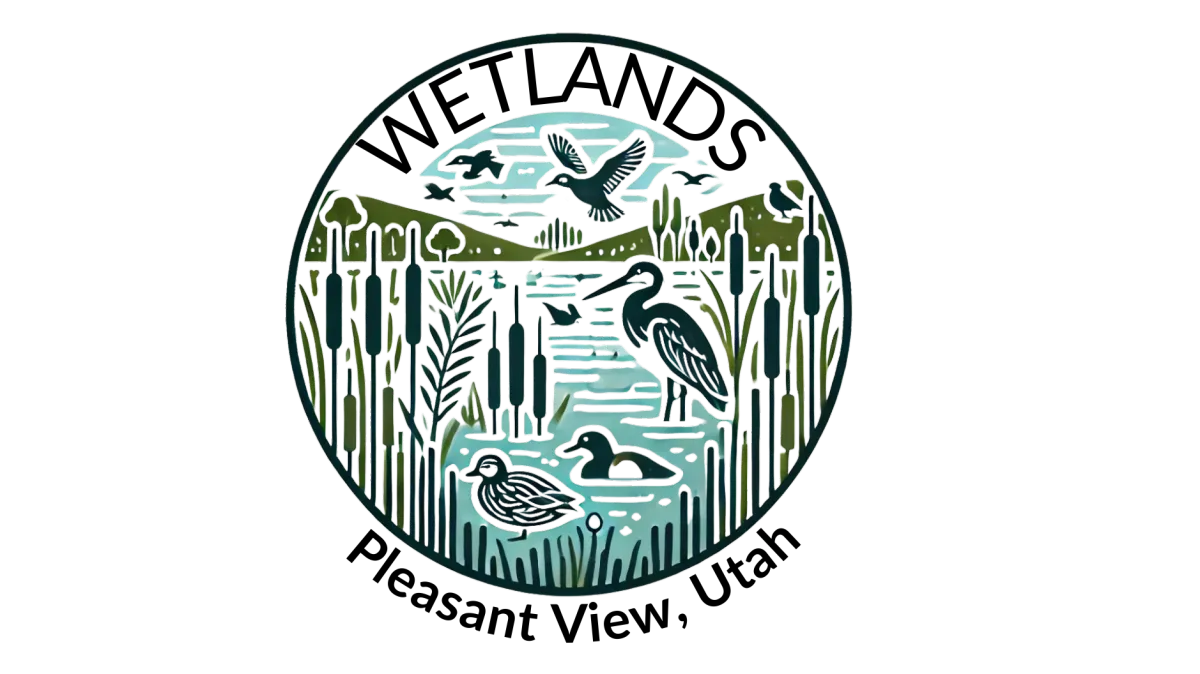Water
1. Prior Appropriation Doctrine
Utah Water Law: Utah follows the doctrine of "prior appropriation," which means that water rights are granted based on a "first in time, first in right" principle. The earliest users of a water source have senior rights over later users, which can affect how water is allocated during shortages.
2. Groundwater Management
Utah Groundwater Act (Utah Code Title 73, Chapter 5): This law governs the appropriation and use of groundwater in Utah. It requires that groundwater users obtain a permit from the Utah Division of Water Rights before withdrawing water. The law also regulates the drilling of wells and the reporting of water use.
3. Public Waters
Utah Code Title 73, Chapter 1, Section 1: Declares that all waters in Utah, whether above or underground, are public waters and are subject to appropriation and beneficial use. This means individuals or entities must obtain rights to use these waters through a legal process.
4. Environmental Protection
Federal Clean Water Act (CWA): This federal law applies to all surface waters, including streams and springs, and aims to prevent pollution and protect water quality. Although it primarily addresses surface water, activities impacting groundwater that could affect surface water quality may also fall under its jurisdiction.
5. Wetlands and Springs Protection
Section 404 of the Clean Water Act: Governs the discharge of dredged or fill material into waters, including wetlands, which may be relevant if any activities near springs or water sources could alter the landscape.
Wetlands
Wetland Types in Utah
Utah has various types of wetlands, including:
Emergent Wetlands: These include wet meadows or marshes, which are more common in Utah's natural landscapes.
Groundwater-Fed Springs: Small spring complexes, such as those around Pleasant View, can create wetlands due to the presence of continuous or seasonal water sources.
Riverine and Riparian Zones: Wetlands near rivers, streams, and their floodplains, which support a range of plants and wildlife.
In general, wetlands in Utah are rare and cover less than 1% of the state's total land area.
Wetlands are often subject to protection under federal laws like the
Clean Water Act which regulates any activities that could impact these areas. Wetlands also provide critical habitat for migratory birds and other wildlife, which adds another layer of protection through the Migratory Bird Treaty Act
.
Protected Species
When migratory birds utilize natural springs, several federal and state laws come into play to protect these birds and their habitats:
1. Migratory Bird Treaty Act (MBTA)
Federal Law: The MBTA, enacted in 1918, is one of the most important laws protecting migratory birds in the United States. It prohibits the take (killing, capturing, selling, trading, etc.) of migratory birds, their nests, or eggs without a permit. This law covers more than 1,000 species of migratory birds, including those that may rely on natural springs and wetlands for habitat.Protection of Habitats: While the MBTA primarily focuses on direct harm to birds, it indirectly protects habitats that are essential for these species by regulating activities that could lead to their destruction.
2. Endangered Species Act (ESA)
Federal Law: If any of the migratory birds using the springs are listed as endangered or threatened, the ESA provides further protection. The act makes it illegal to harm, harass, or destroy the habitat of these species. Springs that provide critical habitat for listed species would be protected under this law.
3. Clean Water Act (CWA) - Section 404
Federal Law: This section of the CWA governs the discharge of dredged or fill material into waters, including wetlands and springs that may serve as important habitats for migratory birds. Activities that could impact these habitats require a permit from the U.S. Army Corps of Engineers, and the impact on wildlife, including migratory birds, is considered during the permitting process.
4. State Wildlife Regulations
Utah State Law: The Utah Division of Wildlife Resources (UDWR) enforces state laws protecting wildlife, including migratory birds. The state has specific regulations regarding the protection of bird habitats, especially during critical periods such as nesting and migration.
5. Ramsar Convention on Wetlands
International Treaty: Although not a law, the Ramsar Convention is an international treaty to which the U.S. is a signatory. It focuses on the conservation and sustainable use of wetlands, recognizing their importance for migratory birds. Springs that are part of wetland ecosystems may be protected under this international agreement.
6. National Environmental Policy Act (NEPA)
Federal Law: NEPA requires federal agencies to assess the environmental impact of their actions, including the potential impact on migratory bird habitats like springs. This includes evaluating alternatives and mitigating harmful effects on the environment before proceeding with any project.
These laws work together to protect migratory birds and the natural habitats they rely on, including springs and other water sources. If you are considering any activity that might impact these birds or their habitats, it's essential to consult with wildlife experts and obtain the necessary permits to ensure compliance with these regulations
